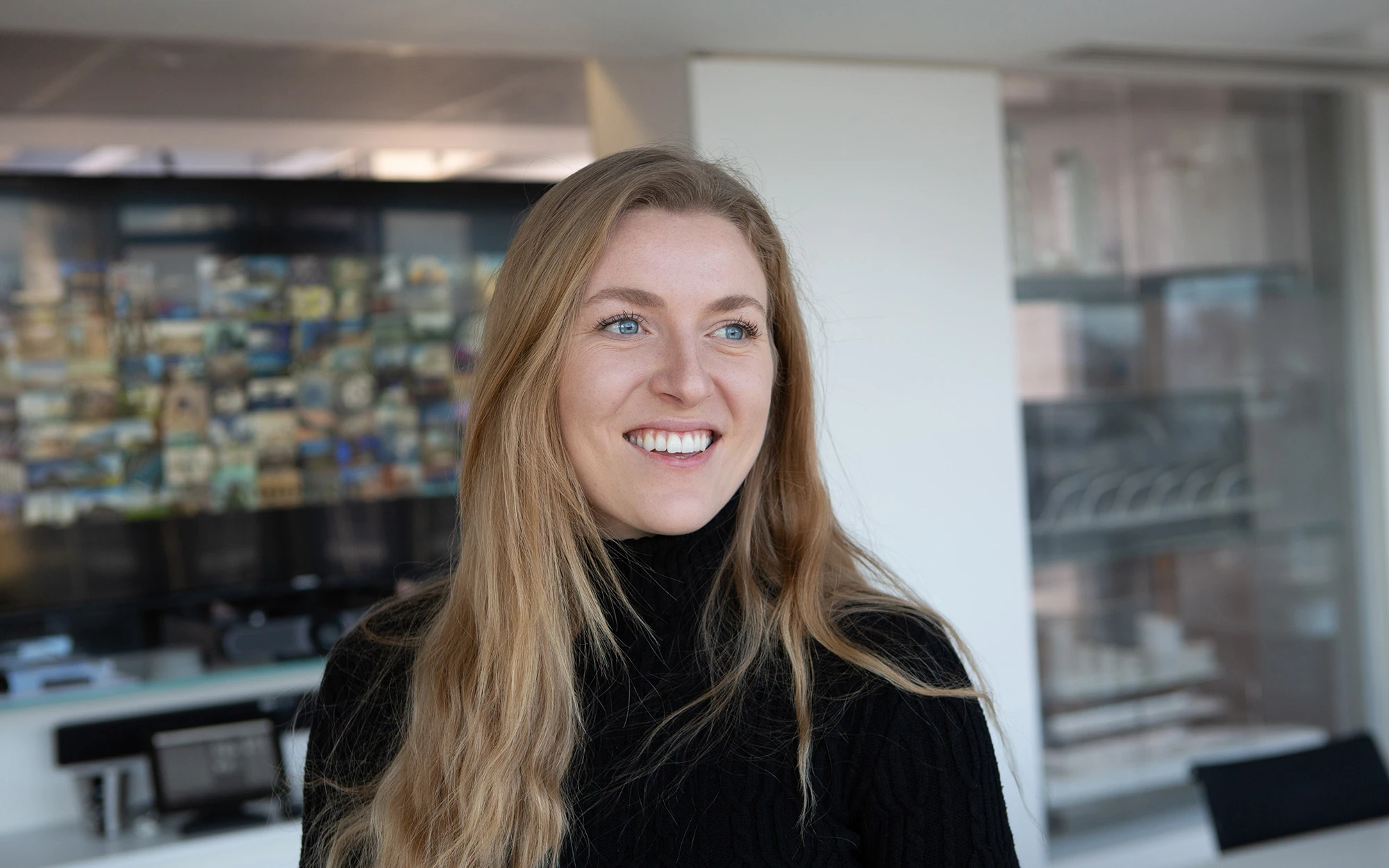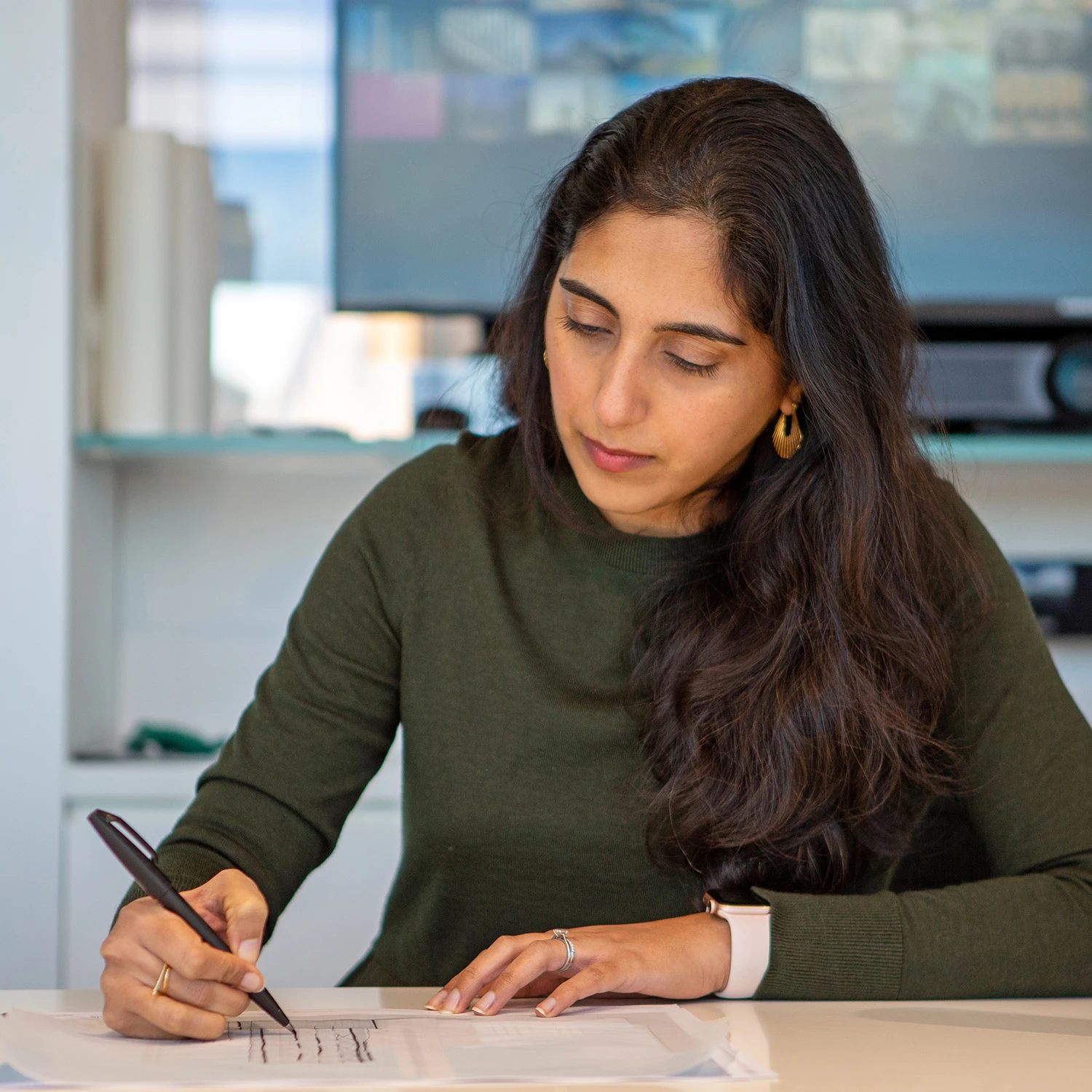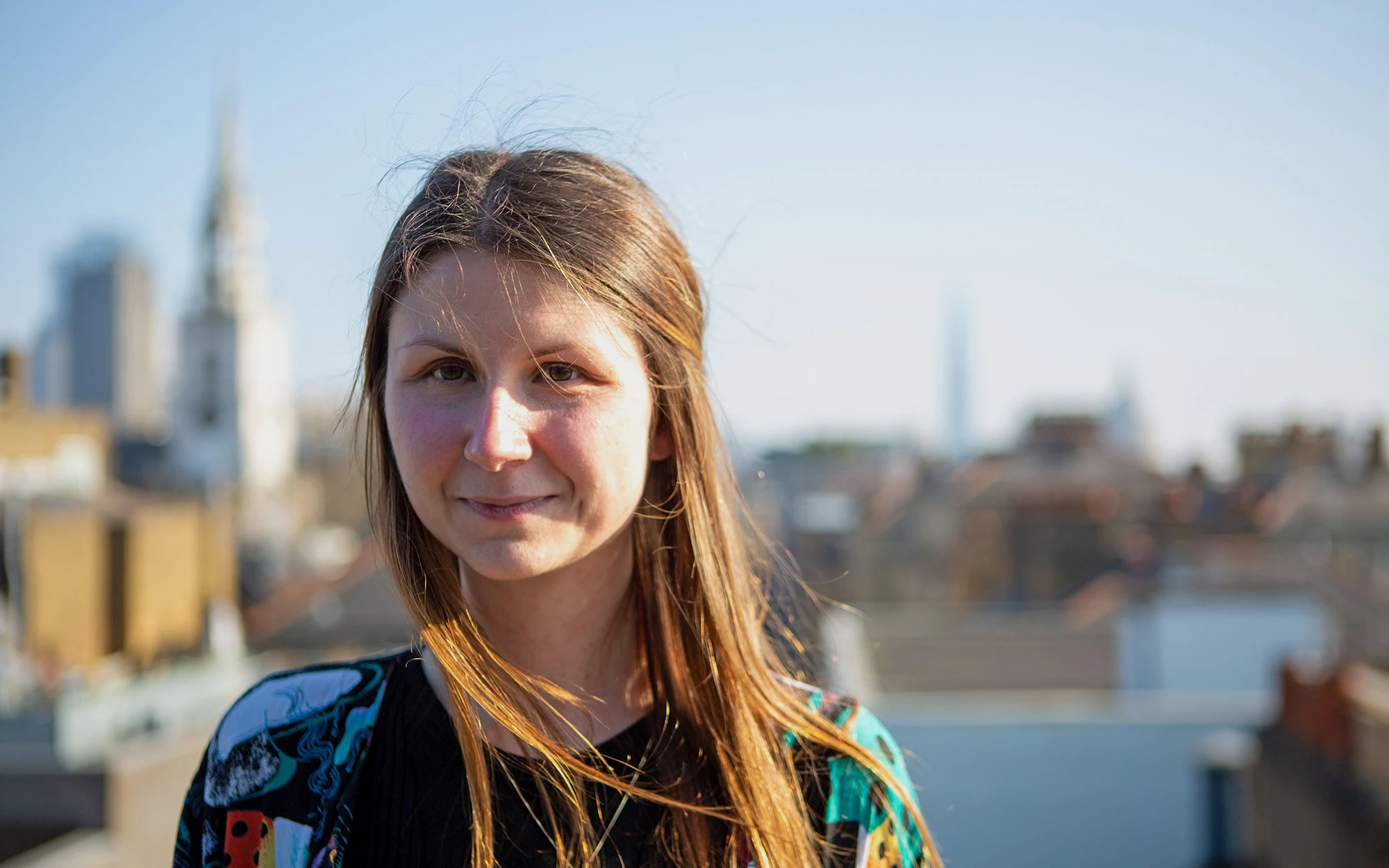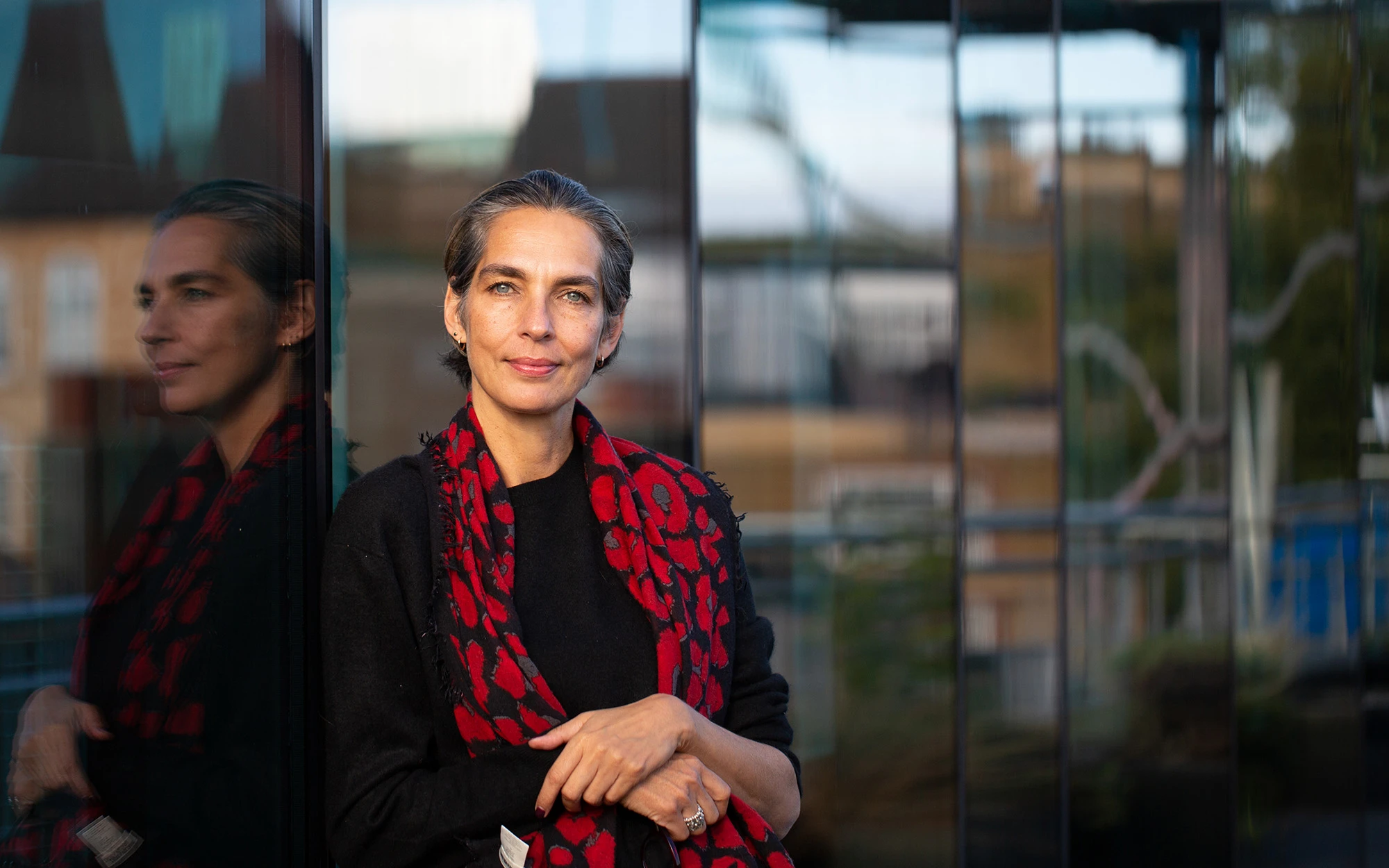Women in Architecture Part 3
This March we are sharing the stories of six female team members
In honour of International Women’s Day, we are highlighting the journeys of six female team members who represent different roles and career stages at WilkinsonEyre. They will be sharing their honest experiences as women working in the industry, advice for future generations and their thoughts on this year's IWD theme #breakthebias.
Lara Fowler, Junior Interior Designer
How did you start working as an interior designer?
My father worked in construction and my mother has always had a keen interest in interior design. When I looked into Interior Architecture as a career it excited me. I did consider straight architecture, but I wanted to do something more specialised.
How did you find your voice when first starting out?
Naturally, in my final year at university, I created a portfolio of work that represented me as a designer. I first found my voice and identity as an interior architect by creating and presenting this work.
How can the industry change break the bias towards women?
It’s hard to change people’s minds. There is no easy fix to end the bias toward women. Previously working at an interior design practice, I was surrounded by women, but the management roles were still predominately held by men.
Working at WilkinsonEyre, I have been lucky to work with a project and client team in which there is a strong group of women. It is a shame that this is an uncommon experience, and I feel very fortunate to be part of it. It’s the first time I’ve worked on a female-led project and it’s an encouraging step toward breaking the bias.
Can you tell me about a specific challenge you faced as a woman in this industry?
In the past male colleagues have made me feel inferior to them, this especially happened when drinks were involved. As women, we feel pressured to laugh it off and move on, because we don’t want to be seen as weak or petty. I think if a male was made to feel the same it would be taken seriously, but it’s sadly considered normal for women.
What advice do you have for women interested in working in this industry?
Be open about your experiences with sexism in the workplace because it shouldn’t be normal. The only way we can battle the behaviour is by bringing it to the attention of our senior colleagues. Avoiding the man who made you feel uncomfortable won’t fix the problem and it won’t stop it from happening to other women.
What charity did you select and why?
Medecins Sans Frontieres (‘Doctors without Boarders’) is a charity that I have always wanted to support due to the incredible work they do. They are a charity that provides medical assistance to people affected by conflict, epidemics, disasters, or exclusion from healthcare. One of their aims has been to empower women to manage their health and self-care in areas without reliable information and adequate support. By supporting women's hospitals, fighting for women's rights and trying to protect women in vulnerable situations I hope to support all the hard work they do.
Sabah Ashiq, Senior Architect
How did you start working in this industry?
It was a natural progression from my studies. When I was young, I enjoyed sketching and I was drawn to the history of architecture. My parents migrated from Pakistan to Belgium in the 1970s and my mother had a traditional upbringing without higher education. In my family, I am the first generation of women to attend university or pursue a career. I think my mother would have been more impressed if I had settled down earlier instead of pursuing a career in architecture, but that gave me more drive to prove myself.
How did you find your voice when first starting your career?
When I first started working it was for one of the UK’s largest firms. We worked in smaller groups, and we were often able to present our work directly to the partners. This doesn’t happen as often as it should at larger practices, I was grateful for the experience because it helped me develop my voice early in my career.
Can you tell me about a specific challenge you faced as a woman in this industry?
I found the return to work after having a child challenging and I’ve had many pregnant or recent moms ask me how I’ve managed. I think it would be beneficial to have a women’s group at the workplace where we can have discussions like these, as I am genuinely surprised by how many women have reached out to me to talk about being a new mother. I’ve also found that as women, we need to be supporting one another into leadership roles and perhaps that could be through mentorship.
How did you think the industry can change to break the bias?
I’ve observed that women get pigeonholed into working on certain parts of architecture, like women on interiors. I’ve seen it so frequently over my career that I don’t believe it’s a coincidence, it feels like unconscious bias. Training people to be self-aware of their biases could be beneficial to breaking this cycle.
What advice do you have for women interested in a career in architecture?
When I first started my career in architecture, I didn’t realise how long it takes to become fully qualified. Women wonder when the right time in their career is to start a family, as it causes a shift in your career progression. We work long hours in architecture, but I believe it is still possible to progress your career with a family. The pandemic and working from home have brought some positive change for working parents, having that flexibility in your schedule means women are no longer sidelined and are given the opportunity to still progress in their careers in equal measure to male colleagues. Hopefully, this level of flexibility means we will see more women in leadership roles in the future.
What charity did you select and why?
I’ve selected the Malala Fund, which funds girls’ education globally. Having an education helped me gain independence and I want that for all women.



